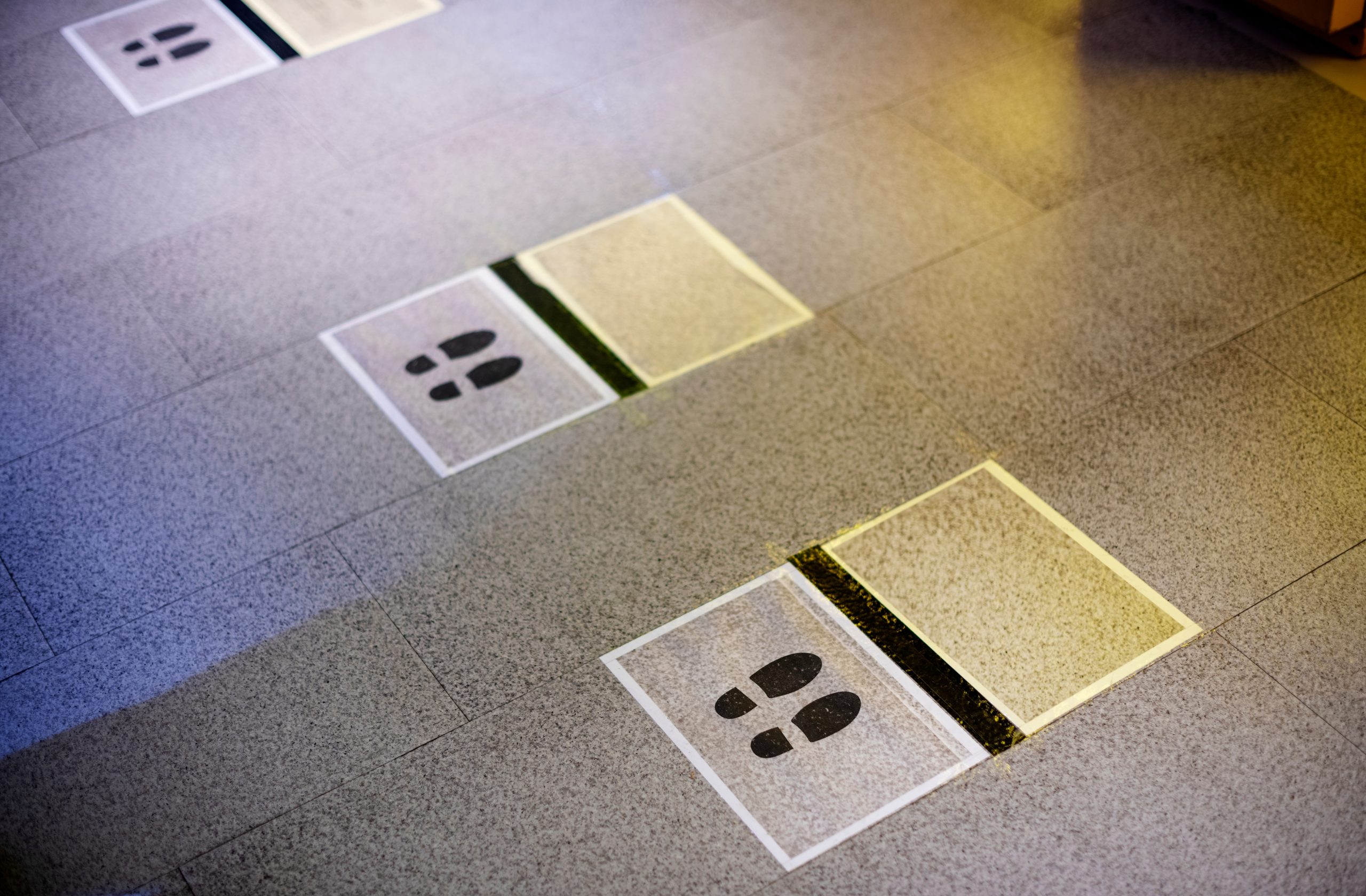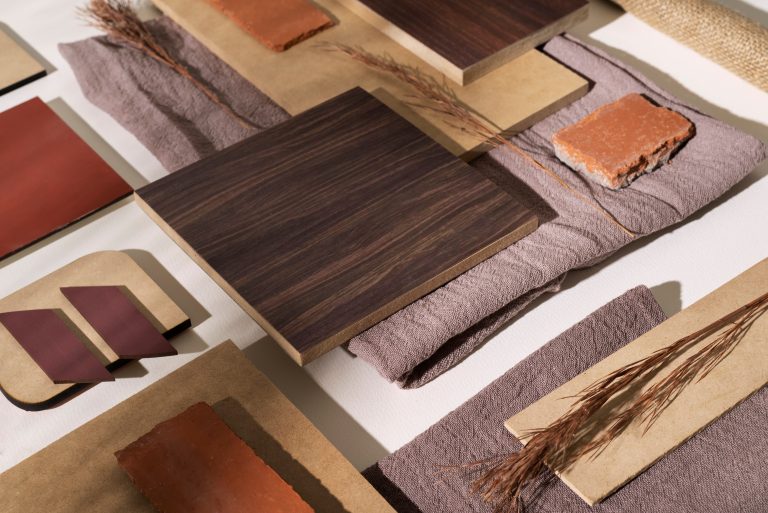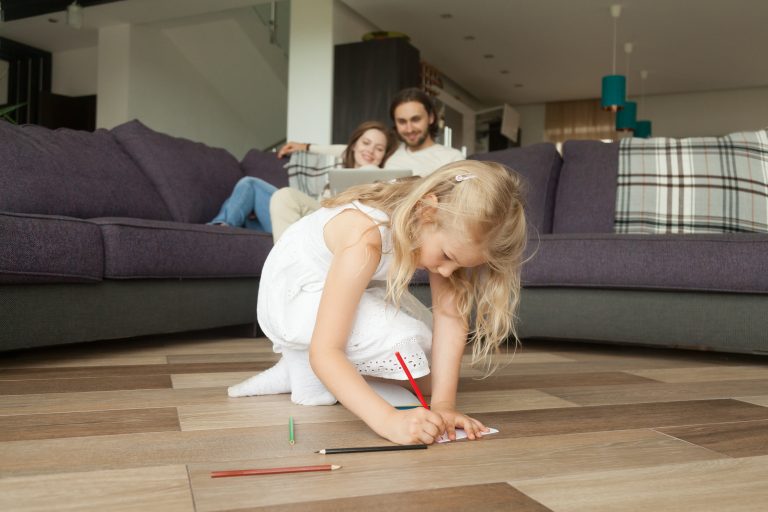Choosing the right flooring for busy parts of your home can feel overwhelming. High-traffic areas — hallways, kitchens, living rooms, and entryways — require surfaces that can handle daily wear while still looking beautiful. Two of the most popular options are hardwood flooring and tile flooring. Both have strong advantages, but the choice depends on your lifestyle, budget, and the atmosphere you want to create.
In this guide, we’ll break down the differences between hardwood and tile step by step, so you can make the best decision for your Maryland home.
1. Durability in High-Traffic Areas
- Hardwood Flooring:
Hardwood is known for its strength and ability to last for decades. However, in busy areas, it can show scratches from shoes, dents from furniture, or scuffs from pets. The good news? Unlike many other flooring types, hardwood can be sanded and refinished multiple times, restoring its like-new appearance. - Tile Flooring:
Tile is nearly indestructible. Ceramic and porcelain tiles, in particular, resist scratches and heavy wear, making them an excellent choice for kitchens or entryways where dirt, water, and heavy foot traffic are unavoidable. The only risk is cracking if something heavy is dropped.
2. Comfort and Feel Underfoot
- Hardwood Flooring:
One of hardwood’s biggest advantages is comfort. Wood is warmer and softer underfoot, which makes it inviting for barefoot walking and family gatherings. In colder Maryland winters, hardwood helps a room feel cozy and welcoming. - Tile Flooring:
Tile feels cooler and harder, which can be refreshing in the summer but less comfortable in cold weather. Some homeowners add area rugs for warmth, or radiant heating beneath the tile to balance comfort with durability.
3. Maintenance and Cleaning
- Hardwood Flooring:
Hardwood requires regular sweeping and occasional mopping with products safe for wood. Over time, high-traffic spots may lose their shine, which is why refinishing is recommended every 7–10 years depending on use. - Tile Flooring:
Tile is low-maintenance and handles spills with ease. However, grout lines can absorb dirt and stains, which means occasional deep cleaning or sealing is necessary.
4. Style and Design Options
- Hardwood Flooring:
Hardwood offers timeless beauty. From oak and maple to cherry and pine, the variety of grains and stains is endless. Hardwood also increases a home’s resale value — buyers consistently see it as a premium feature. - Tile Flooring:
Tile comes in countless patterns, sizes, and textures. A popular modern option is wood-look tile, which combines the appearance of hardwood with the durability of tile. This can be a good middle ground for high-traffic, moisture-prone areas like mudrooms or kitchens.
5. Cost Considerations
- Hardwood Flooring:
Installation costs are typically higher for hardwood, but its long life span balances the investment. Refinishing is far more cost-effective than replacing, which can save money long term. - Tile Flooring:
Tile is often less expensive to install, though prices vary by material (porcelain vs. ceramic vs. natural stone). Repairs can be tricky, since cracked tiles often need full replacement.
6. Moisture Resistance
- Hardwood Flooring:
Wood is vulnerable to water damage. In high-moisture areas like kitchens or entryways, spills need to be cleaned quickly to avoid swelling or staining. - Tile Flooring:
Tile is naturally water-resistant, making it the safer choice for areas where moisture is common. It’s especially recommended for bathrooms, mudrooms, or homes with pets.
7. Long-Term Value
Hardwood tends to add more value to your home because buyers associate it with elegance and quality. Tile also adds value, but hardwood often stands out in real estate listings. If you plan to sell your home in the future, hardwood may give you an edge.
Practical Scenarios: Which Should You Choose?
- Busy Family with Kids and Pets: Tile may be better for kitchens and entryways, hardwood for bedrooms and living rooms.
- Cozy Living Room or Dining Area: Hardwood creates warmth and character.
- Kitchen or Mudroom: Tile stands up to water, spills, and heavy wear.
- Open Concept Home: A mix works well — hardwood in the main living areas, tile in high-spill zones.
There’s no one-size-fits-all answer. If you want comfort, timeless beauty, and refinishing options, go with hardwood. If you need maximum durability, water resistance, and easy maintenance, tile is your best bet.
👉 Ready to upgrade your floors?
📞 Call +1-410-788-5919 or visit danzcohardwoodfloors.com today for a free consultation and estimate.





